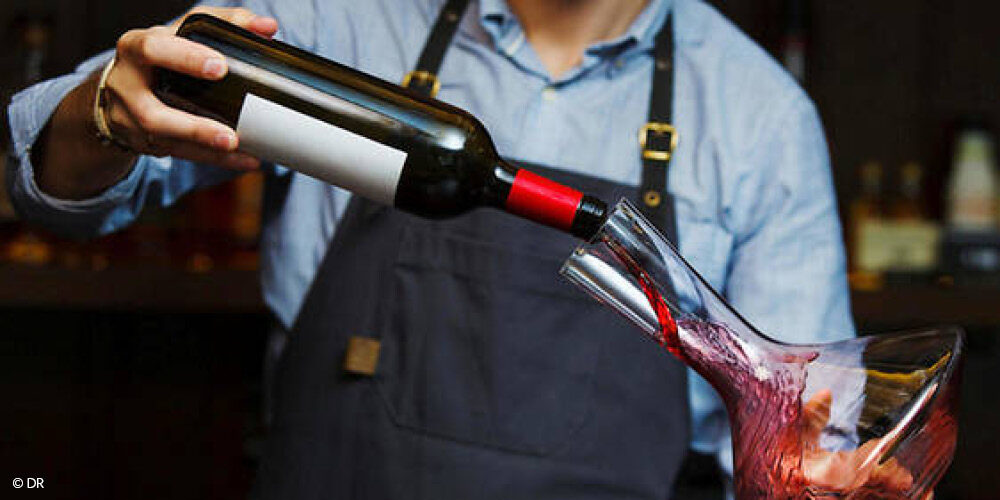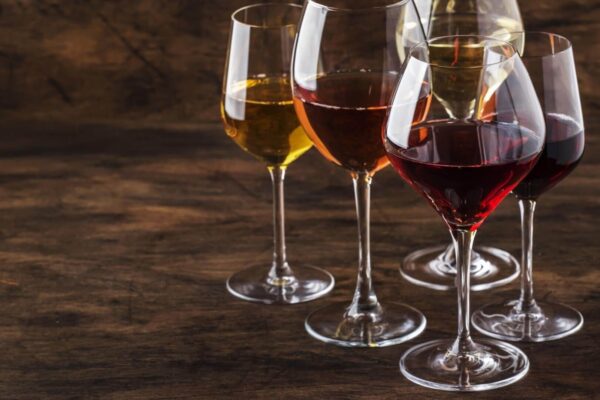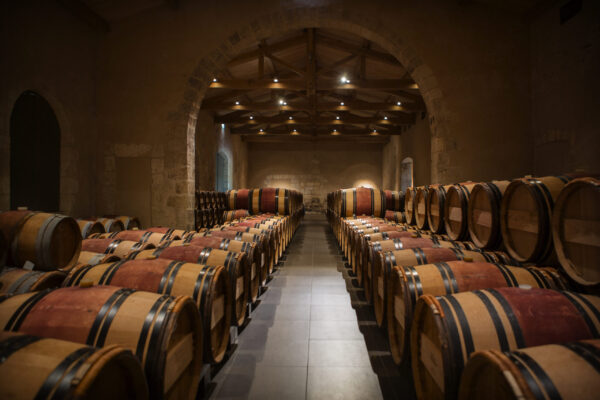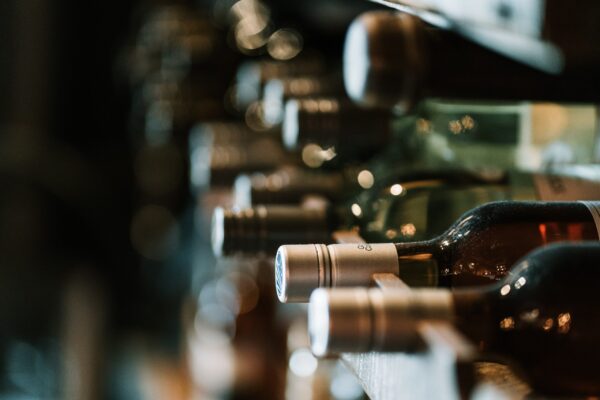For a real moment of pleasure and to enjoy a wine properly, there are four fundamental aspects to consider: the quality of the wine selected, the taster’s mood or state of mind, the glassware and finally, the service conditions. When referring to service conditions, we are talking here about aeration on the one hand and temperature on the other. Let’s take a closer look at the importance of aeration with French master sommelier Laurent Derhé. Why give a wine aeration? And how do you do it? Do all wines, including white wines, need to breathe? Here Laurent Derhé shares his tips and advice.
Why give a wine aeration?
Firstly, we can define aeration as the exposure to oxygen that a wine needs to express itself fully. Every time you open a bottle, you need to remember that the wine has been enclosed for several months or even years. In this closed environment, wines don’t always give off their nicest aromatic notes. They may therefore need some exposure to air to eliminate any unpleasant volatile aromas that show on the first sniff. With this contact with oxygen, the wine is able to open up and release a broader and more elegant aromatic panel.
While oxygen remains wine’s enemy in the long run and no oxygen must be allowed to enter the bottle, it can be positive at the time of serving the wine. Aeration of a few minutes – some wines need longer – can help a wine to open up aromatically, develop more complexity and instantly express its bouquet.
Aeration and white wines
Often, when you think aeration, you think exclusively of red wines. And yet, white wines also benefit from being allowed to breathe. Older white wines and ones with complex aromas are those which will benefit most from decanting, or at the least, from being opened in advance so that they have time to breathe. And while very young, fruity wines don’t necessarily need decanting, a little air won’t do them any harm.
Effects of aeration on red wines
In general, aeration is beneficial for all red wines, not only the powerful ones. Red wines, especially, are structured by tannins, which give them body and a backbone of astringency. Aeration helps to smooth and give more elegance to this tannic texture and also bring a little more roundness to the wine.
Red and white wines undergo different fermentation processes – in particular, the berries are macerated for red wines. This gives the latter more compounds which, once bottled, have an anti-oxidative effect. This phenomenon is known as reduction and can be seen as the opposite of oxygenation. When reduction occurs, wine may initially show unpleasant aromas, with animal-like or earthy notes that may be off-putting.
In such cases, even the youngest red wines will benefit from aeration. Like with white wines, exposure to air will give more depth to the aromas and attenuate the tannic structure which can sometimes seem harsh and astringent.
Aeration and age of wine
If you decide to use a decanter for aeration purposes, it is best to transfer the wine to it an hour or two before serving. However, if the wine is old, for example ten years old or more, it is preferable to wait until the last minute or not aerate it at all. Aged wines have lost their tannic structure over time and by aerating them, you risk oxidising them. In this case, it is better to open the bottle at the last minute and allow the wine to breathe in the glass. Decanting them might be too violent. For wines of less than ten years old, you’ve nothing to worry about, though.
Aeration is one of the two vital aspects to consider for serving a perfect glass of wine. The other is temperature. For more on this topic, read the tips of our French master sommelier Laurent Derhé in the second part of our article: The importance of service conditions 2/2 Temperature
To learn more
Giving aeration to a glass of wine can prove to be tricky, and risky because of the potential for wastage, but the D-Vine can be a great help here.
We’ve all had the experience where the end of the bottle seems better than the start. Because we are always in a rush, we want wines to taste great straight away. As restaurant owners, there’s a solution. You can decant the wine and you give it aeration right away. But what about when you only want to serve one glass? If you’ve just opened a bottle, you can’t serve the glass straight away, and if you wait too long, the aromatic properties are lost. With the D-Vine, you can instantly reveal the aromatic properties, round out the tannins a little and really enhance the wine to have optimal tasting conditions on the spot.” Laurent Derhé, French master sommelier



